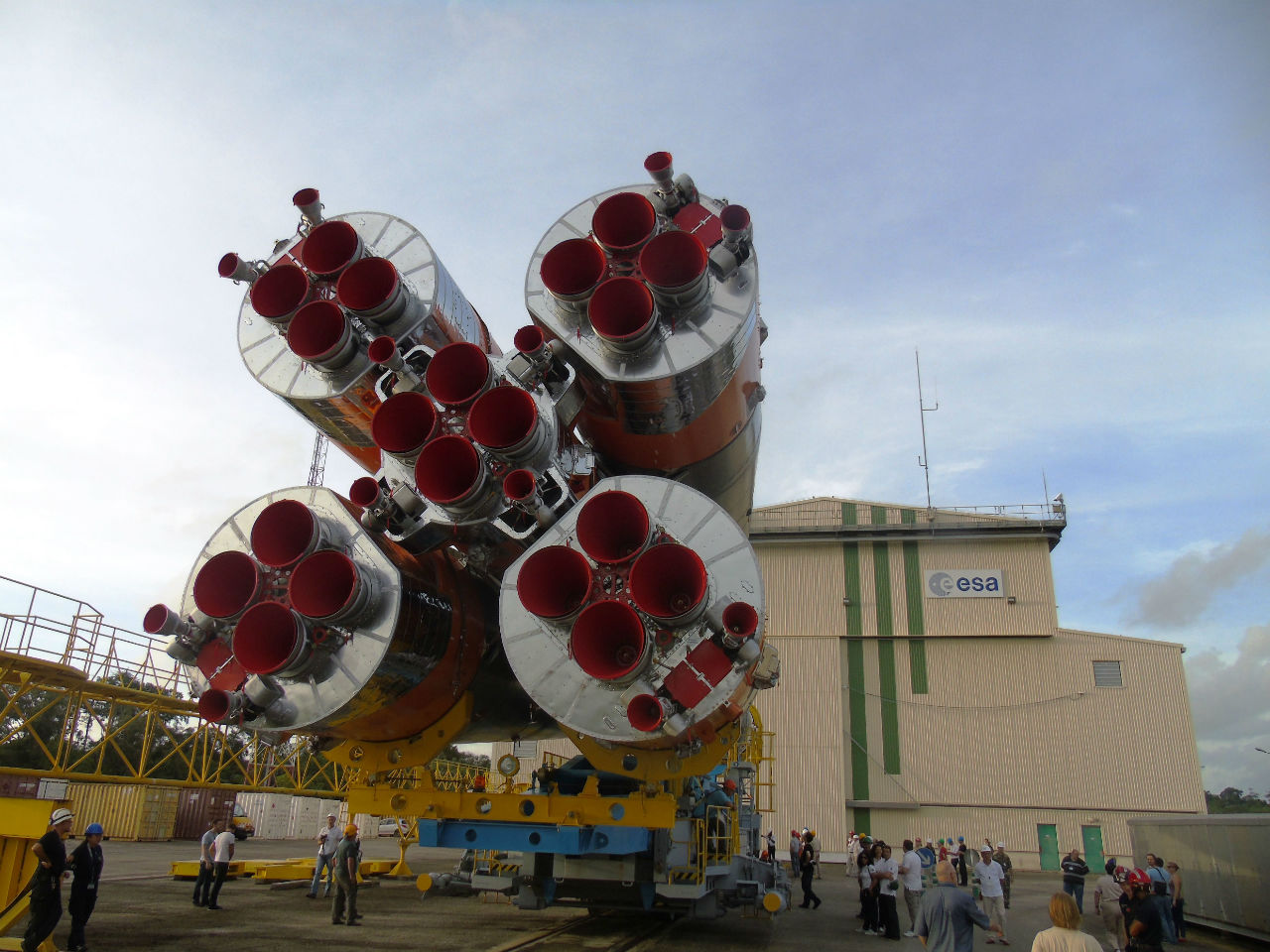The next Sentinel radar imaging satellite for Europe’s Copernicus environmental monitoring programme is poised for liftoff from Europe’s Spaceport in Kourou, French Guiana. A Soyuz rocket will loft Sentinel-1B into orbit on 22nd April at 21:02 GMT.
Sentinel-1B will join its identical twin, Sentinel-1A, which was launched two years ago from Kourou. Both satellites carry a high-resolution radar that images Earth’s surface through cloud and rain, day and night.
By orbiting 180° apart, global coverage and data delivery are optimised for the Copernicus services. Sentinel-1 is being used to monitor Arctic sea ice, survey the marine environment, monitor the land surface for motion risks, and map forests.
Three CubeSats are piggybacking a ride on Soyuz. These small satellites, each measuring just 10×10×11 cm, have been developed by university student teams through ESA’s Fly Your Satellite! effort.
The other passenger is the Microscope satellite from France’s CNES space agency. Microscope will test the universality of free fall — the principle that in a vacuum all bodies fall at the same speed, due to the equality of gravitational and inertial mass.

